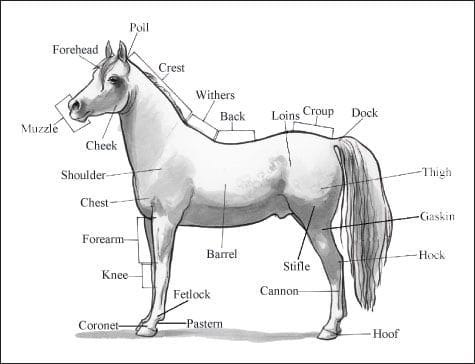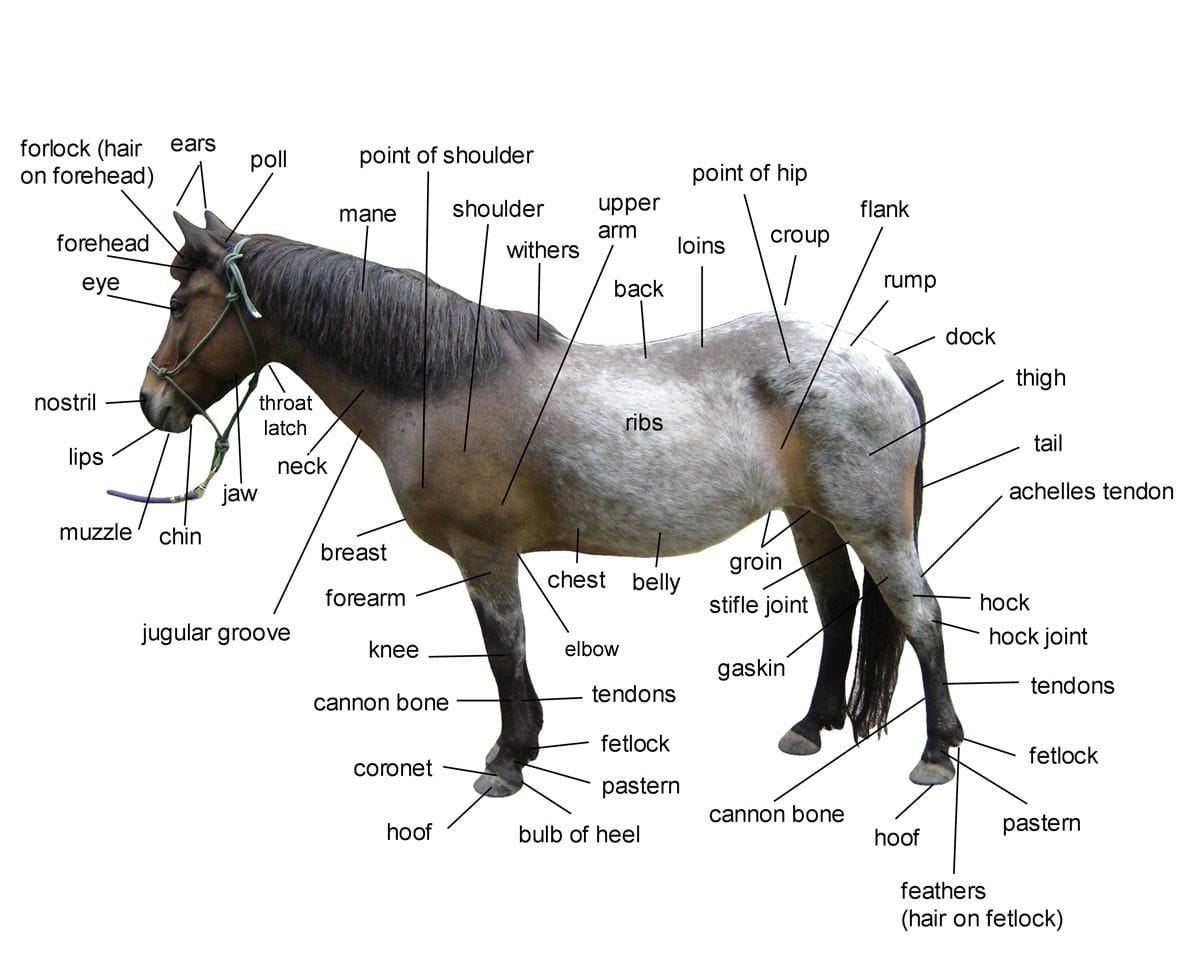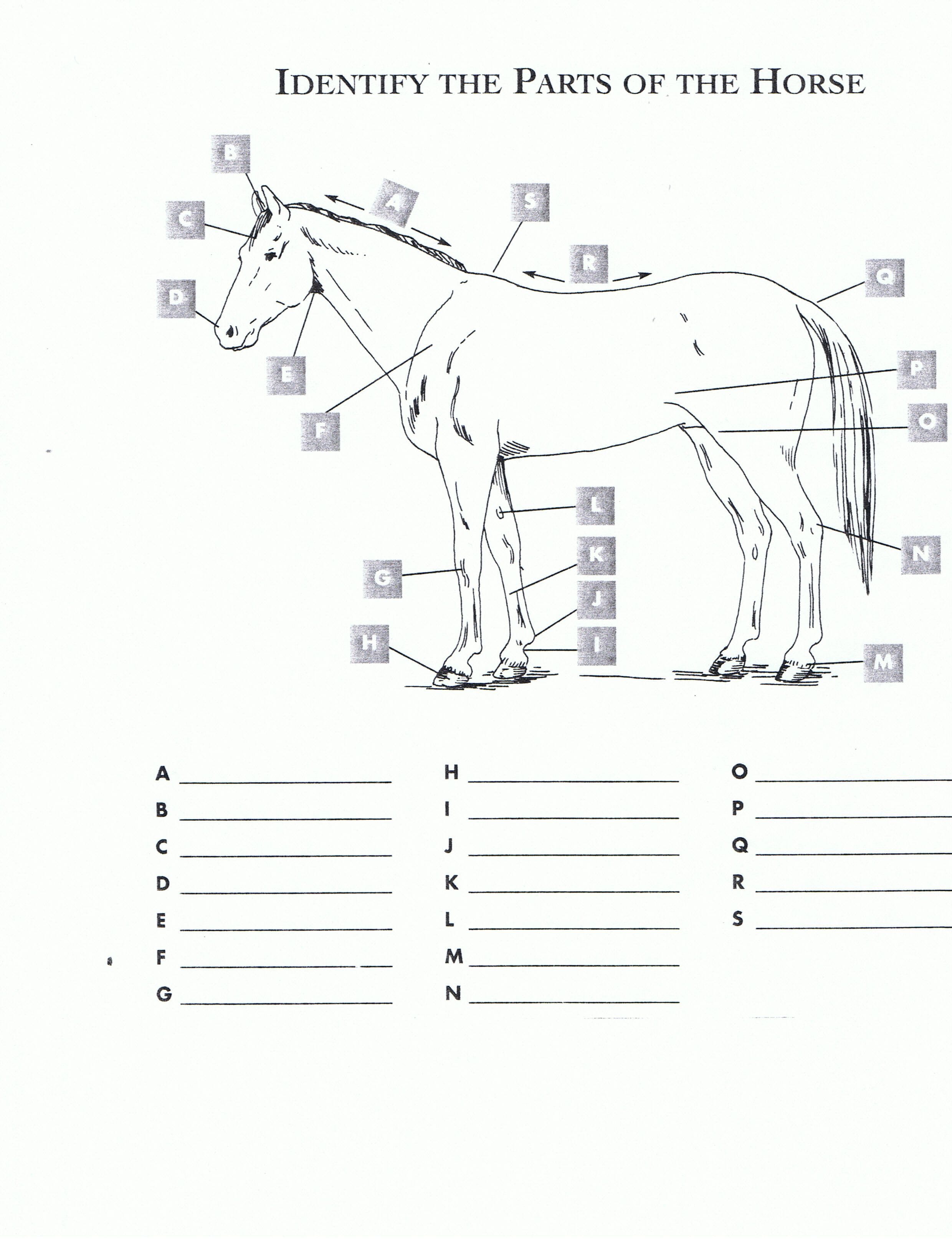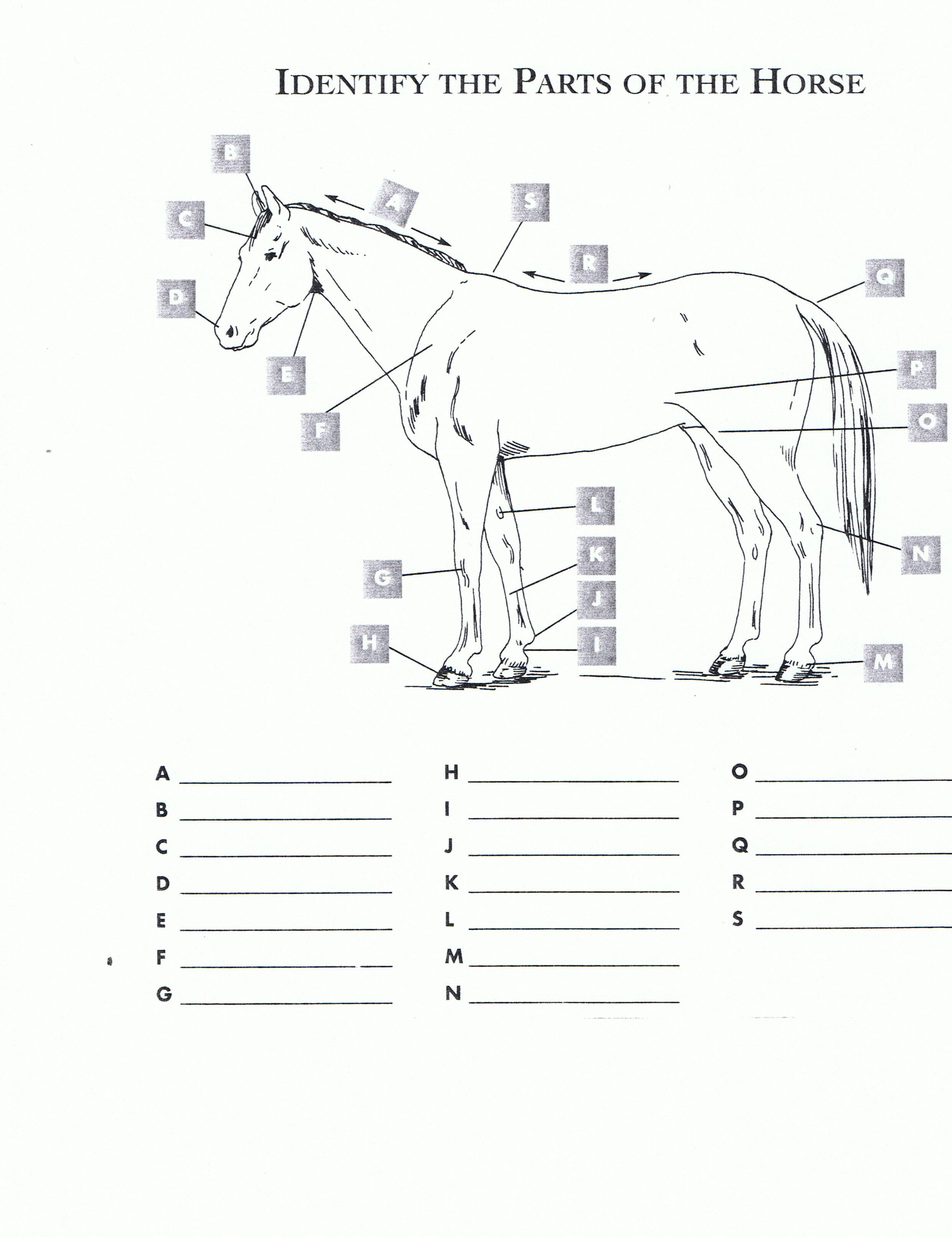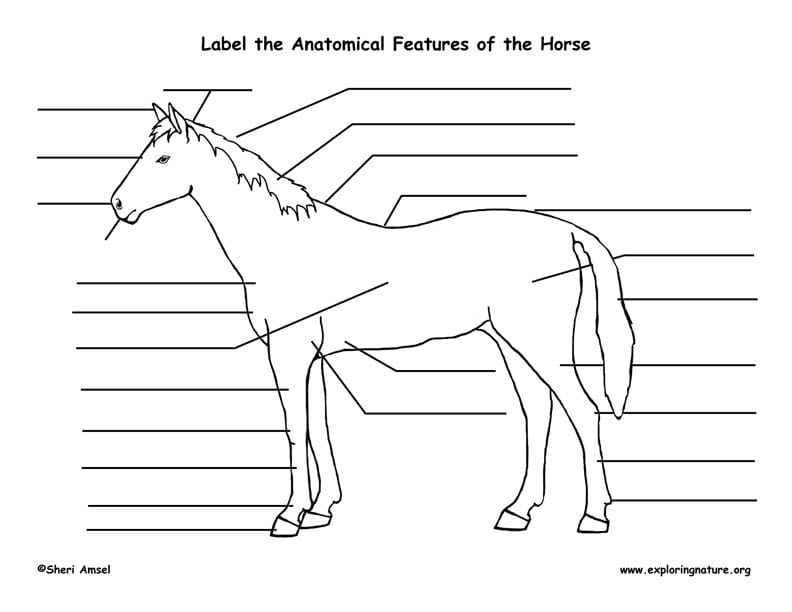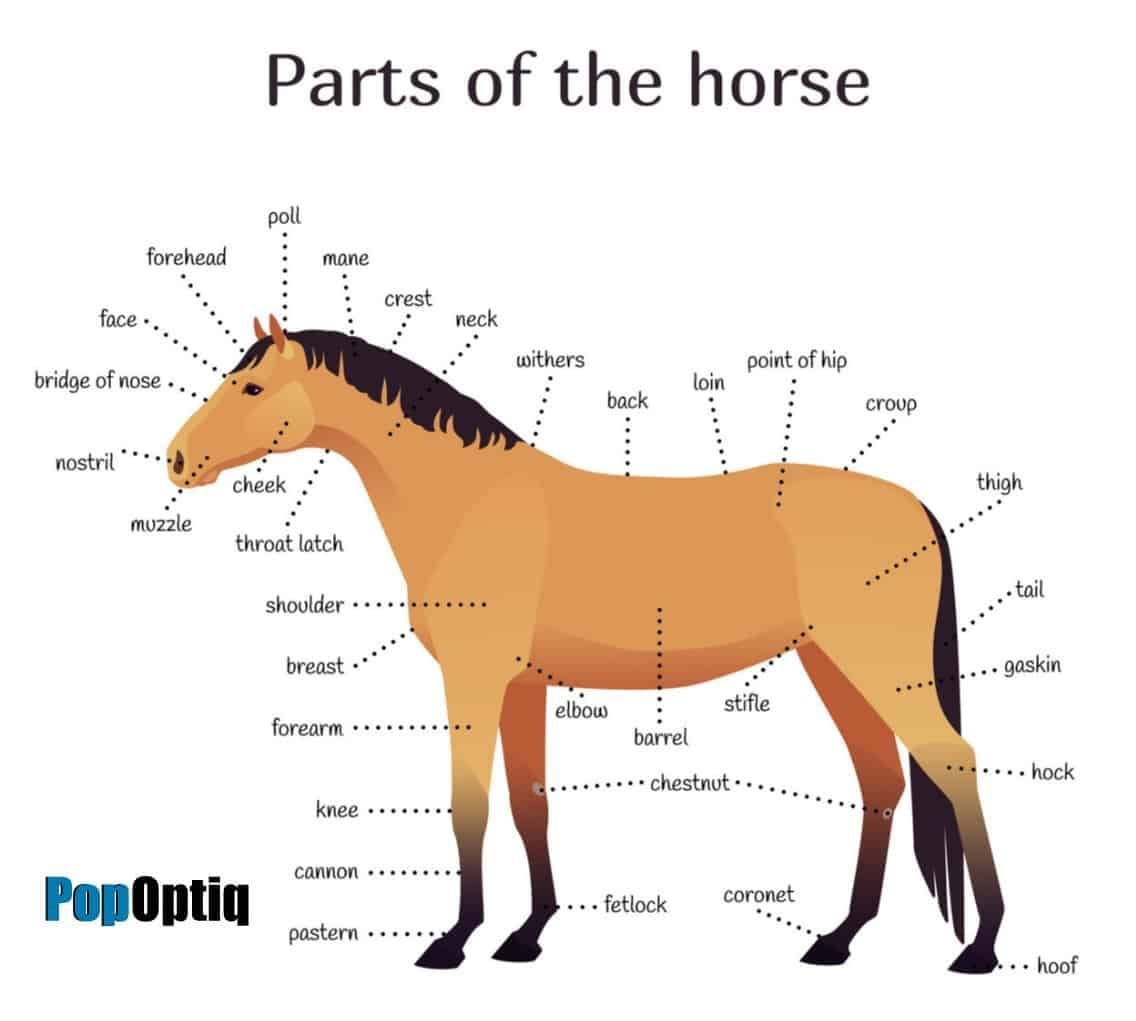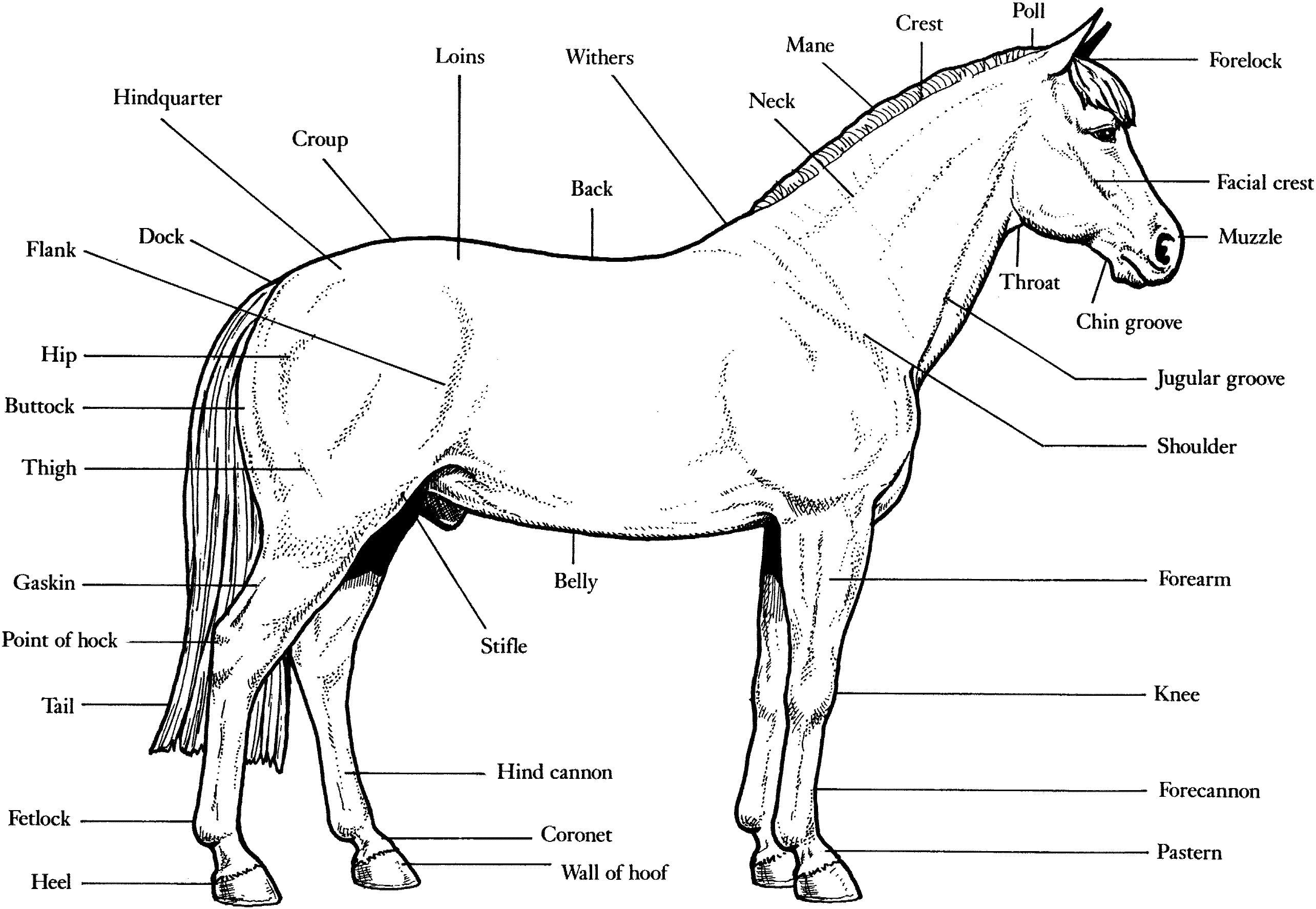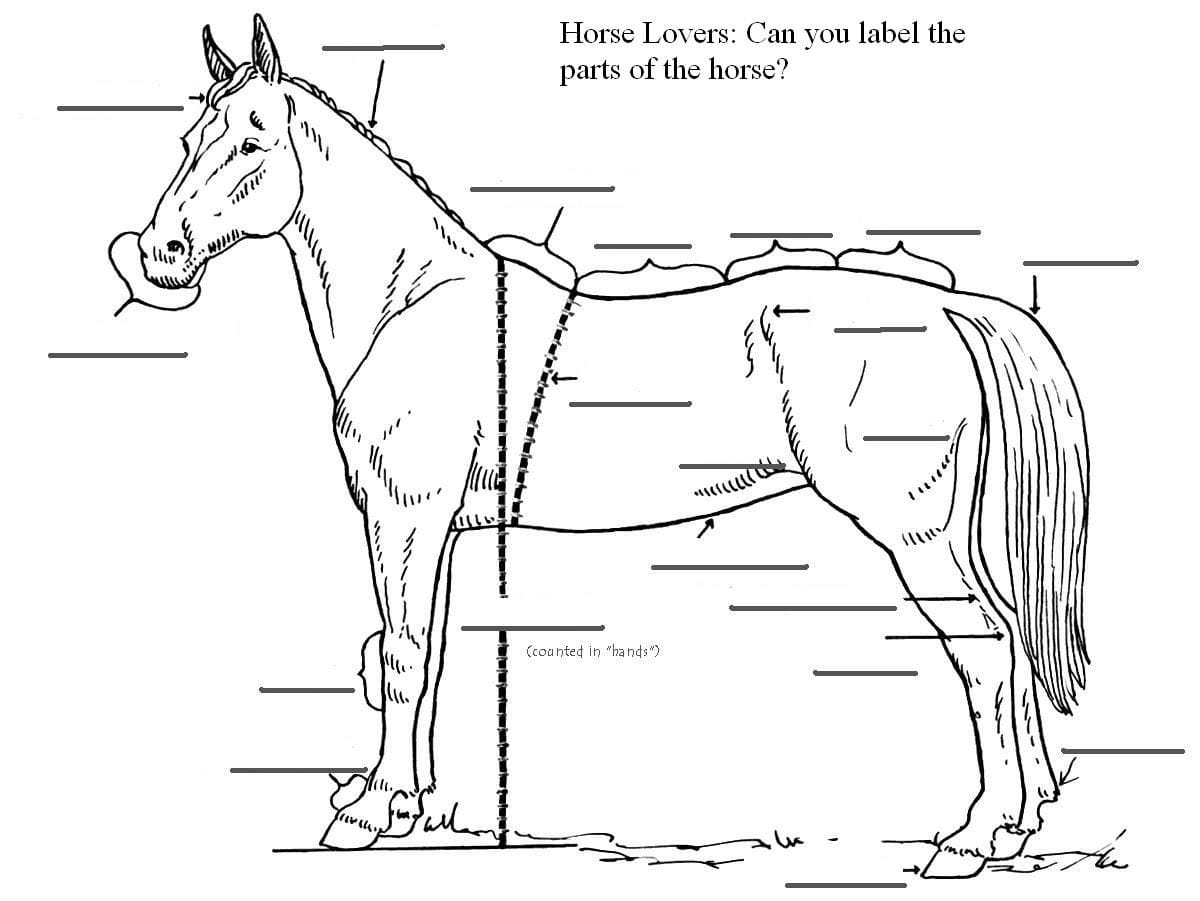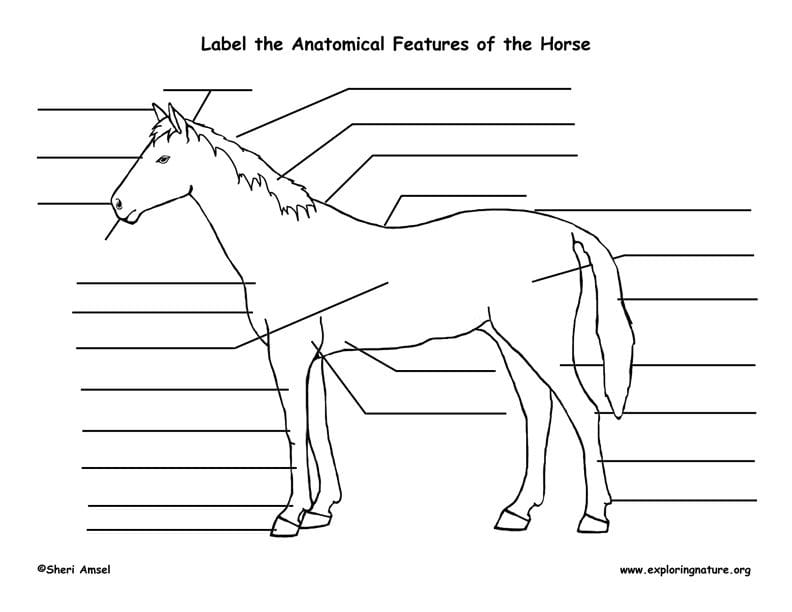
The majestic horse, an animal of beauty and strength, has captivated humans for centuries. Whether you're an avid equestrian, a veterinarian, or simply a horse enthusiast, understanding the anatomy of a horse is essential. In this article, we'll delve into the key parts of a horse, making it easier for you to identify and appreciate these magnificent creatures.
The Importance of Horse Anatomy
Understanding horse anatomy is crucial for various reasons. For horse owners and riders, knowing the different parts of a horse can help identify potential health issues, improve riding techniques, and enhance the overall care of the animal. Veterinarians and equine professionals rely heavily on their knowledge of horse anatomy to diagnose and treat medical conditions. Additionally, understanding horse anatomy can foster a deeper appreciation for these incredible animals and their unique characteristics.
The External Structure of a Horse
Let's begin by exploring the external structure of a horse.

The external structure of a horse can be divided into several key parts:
Head: The head of a horse includes the ears, eyes, nostrils, and mouth. Neck: The neck connects the head to the body and is made up of seven cervical vertebrae. Body: The body of a horse includes the chest, back, and loin. Legs: A horse has four legs, each consisting of the shoulder, arm, forearm, knee, cannon bone, fetlock, and hoof. Tail: The tail is an extension of the spine and is used for balance and communication.
The Internal Structure of a Horse
Now, let's explore the internal structure of a horse.
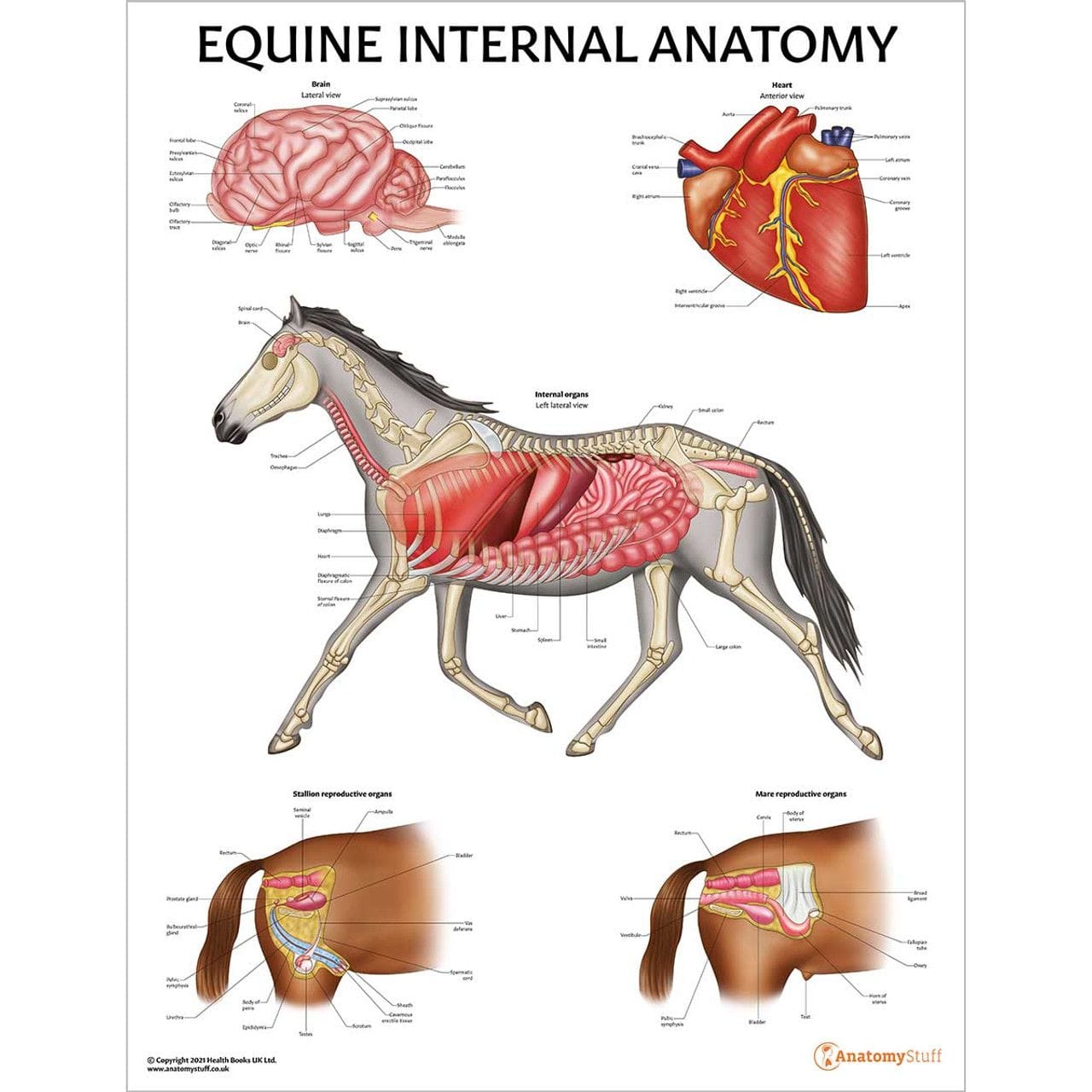
The internal structure of a horse includes:
Skeletal System: The skeletal system of a horse is made up of 205 bones, including the skull, ribcage, and limbs. Muscular System: The muscular system of a horse includes over 700 muscles, which work together to facilitate movement and support the body. Nervous System: The nervous system of a horse includes the brain, spinal cord, and nerves, which work together to control bodily functions and respond to stimuli. Circulatory System: The circulatory system of a horse includes the heart, arteries, veins, and blood vessels, which work together to circulate blood and oxygen throughout the body.
Key Parts of a Horse's Legs
A horse's legs are a vital part of its anatomy, and understanding the different parts can help identify potential health issues.
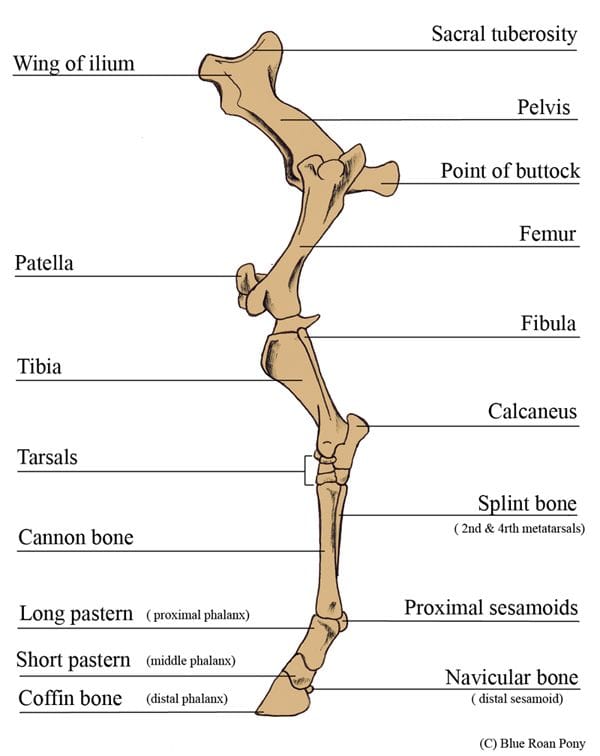
The key parts of a horse's legs include:
Hoof: The hoof is the hard, outer covering of the foot, made of keratin. Fetlock: The fetlock is the joint that connects the cannon bone to the hoof. Cannon Bone: The cannon bone is the long bone that connects the fetlock to the knee. Knee: The knee is the joint that connects the cannon bone to the forearm. Forearm: The forearm is the long bone that connects the knee to the elbow.
Key Parts of a Horse's Head
A horse's head is another vital part of its anatomy, and understanding the different parts can help identify potential health issues.
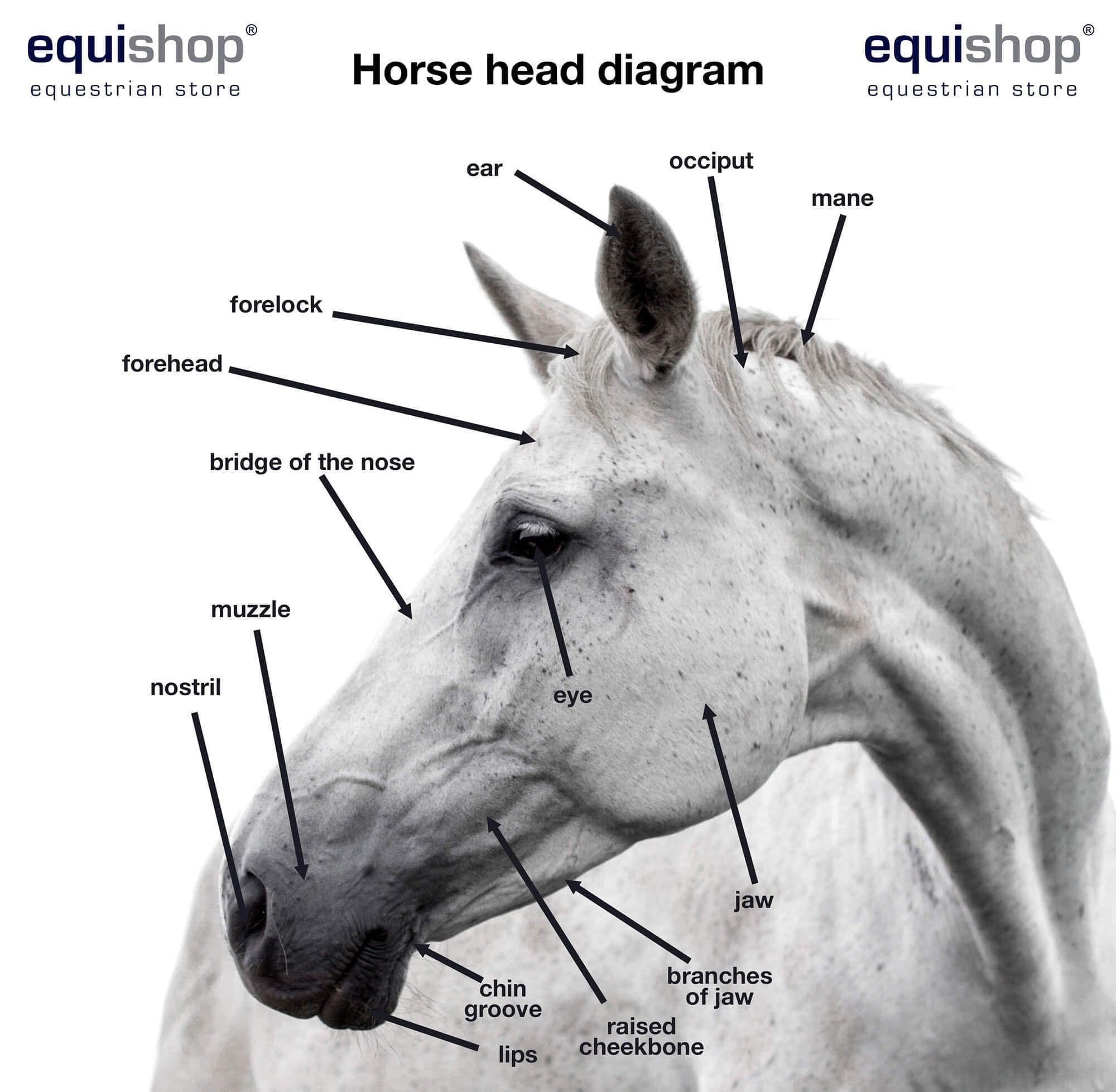
The key parts of a horse's head include:
Ears: The ears are used for hearing and balance. Eyes: The eyes are used for vision and expression. Nostrils: The nostrils are used for breathing and smelling. Mouth: The mouth is used for eating, drinking, and communicating.
Conclusion
In conclusion, understanding the anatomy of a horse is essential for horse owners, riders, veterinarians, and equine professionals. By familiarizing yourself with the key parts of a horse, you can better appreciate these incredible animals and provide them with the care and attention they need. Whether you're an experienced equestrian or just starting to learn about horses, we hope this article has provided you with a deeper understanding of the anatomy of a horse.
Final Thoughts
As we conclude this article, we encourage you to take a moment to appreciate the complexity and beauty of the horse's anatomy. Whether you're an experienced equestrian or just starting to learn about horses, we hope this article has provided you with a deeper understanding of these incredible animals. Take the time to learn more about horse anatomy, and you'll be rewarded with a greater appreciation for these magnificent creatures.
Call to Action
We invite you to share your thoughts and experiences with horse anatomy in the comments section below. Whether you're an experienced equestrian or just starting to learn about horses, we want to hear from you! Share your favorite horse-related stories, ask questions, or provide feedback on this article. We look forward to hearing from you!
FAQs
What is the average lifespan of a horse?
+The average lifespan of a horse is between 25 and 30 years, depending on breed, size, and health conditions.
How many bones does a horse have?
+A horse has 205 bones, including the skull, ribcage, and limbs.
What is the purpose of a horse's tail?
+A horse's tail is used for balance and communication.
Gallery of Print A Horse: Identifying Key Parts Easily
